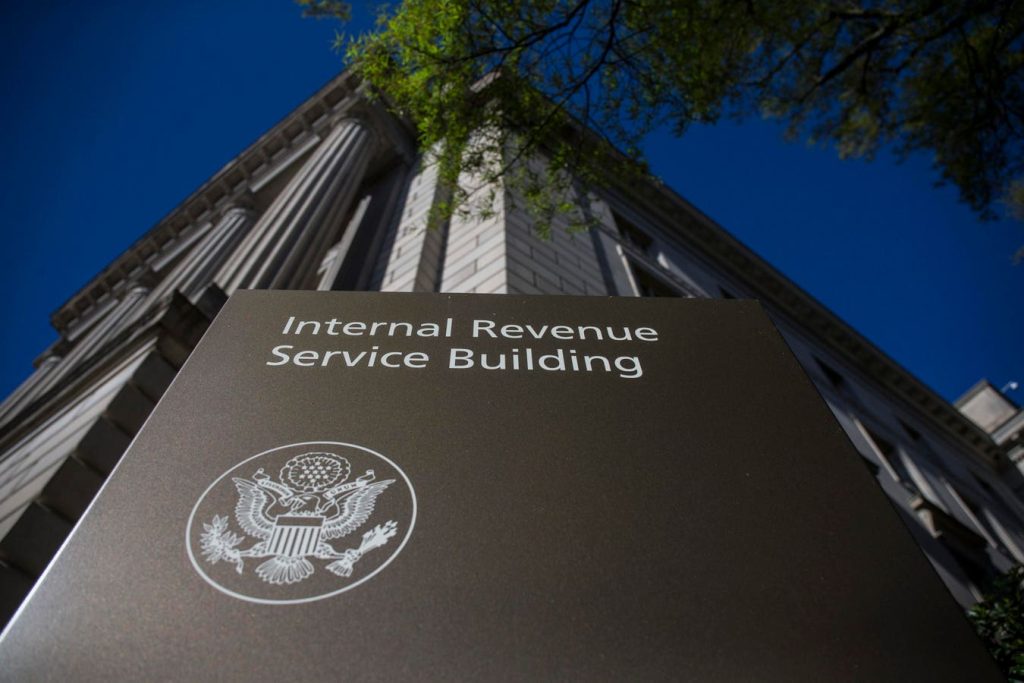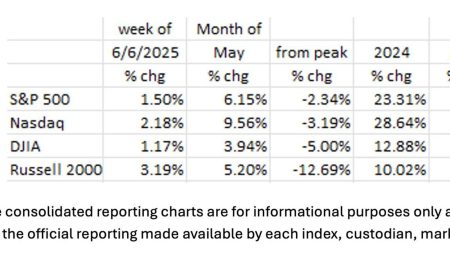The Internal Revenue Service (IRS) has announced the availability of its Free File program for the 2025 tax season, commencing on January 10, 2025. This initiative aims to provide free federal tax preparation and filing services to eligible taxpayers, simplifying the often-daunting task of navigating tax season. For those with an adjusted gross income (AGI) of $84,000 or less, IRS Free File offers a user-friendly suite of software options. Eight private-sector partners are participating in this year’s program, with one offering dedicated Spanish language support, further broadening accessibility for diverse taxpayer populations. If you qualify based on income and other criteria, IRS Free File can be a valuable resource for managing your tax obligations without incurring software costs.
IRS Free File operates through a collaborative partnership between the IRS and several commercial tax software providers. Each participating company sets its own specific eligibility criteria for using their free version, often considering factors such as age, income level, state of residency, and military status. This tailored approach allows companies to focus their free offerings on specific demographic segments. To access the Free File program, taxpayers must navigate through the designated IRS Free File page on the official IRS.gov website. This centralized portal allows users to explore the various software options, compare eligibility requirements, and initiate their tax return preparation. It’s crucial to carefully review each company’s specific qualifications for their free tier, as these can vary significantly. While the IRS typically begins processing tax returns later in January, taxpayers can file their returns early through Free File. Submitted returns will be securely stored until the IRS officially commences processing. For taxpayers who prefer not to use tax software, the Free File Fillable Forms option, essentially an electronic replica of standard IRS paper forms, will be accessible starting January 27, 2025, and is available to taxpayers of all income levels, regardless of AGI.
The roster of companies participating in the 2025 IRS Free File program includes 1040Now, 1040.com, ezTaxReturn.com, FileYourTaxes.com, On-Line Taxes, TaxAct, TaxHawk, and TaxSlayer. Notably, ezTaxReturn.com is also offering a Spanish language version of its software, catering to the needs of Spanish-speaking taxpayers. It’s paramount to access these free services exclusively through the official IRS Free File website, rather than directly through the individual tax software companies’ websites. The Free File version is only accessible via the IRS portal; attempting to start with a company’s standard free version might lead to automatic enrollment in their paid program if you don’t meet their specific free tier criteria.
Families considering IRS Free File should be aware of some important distinctions. Once you initiate a tax return using the free version accessed through the IRS portal, you cannot seamlessly upgrade to a paid version within the same company’s software. These IRS-partnered Free File versions are functionally separate from the companies’ standard software offerings. Therefore, if you encounter limitations in the free version that necessitate features available only in the paid version, you’ll need to restart your return process with a different software option, potentially causing inconvenience and duplication of effort. It’s highly recommended to thoroughly assess your eligibility for the free version before starting the process to avoid this potential pitfall.
The IRS Free File program is distinct from the IRS Direct File program, which is the IRS’s own in-house tax filing software. Direct File is also expected to be available for the 2025 tax season, with planned expansion to encompass a wider range of states. This provides another avenue for taxpayers seeking free online filing options directly through the IRS. Understanding the differences between these programs can help taxpayers choose the most suitable option for their needs.
Finally, the IRS anticipates that most taxpayers will receive their refunds within 21 days of filing. This relatively quick turnaround time should discourage taxpayers from resorting to potentially costly refund anticipation loans. By preparing and filing their returns promptly, families can avoid unnecessary fees and receive their refunds directly from the IRS. The IRS actively promotes awareness of this standard refund timeframe to empower taxpayers to make informed financial decisions during tax season. Free File, combined with the quick refund processing, aims to make tax season less burdensome for eligible individuals and families.










